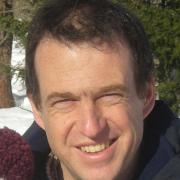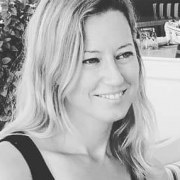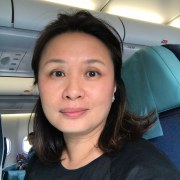Diversified approaches to diversity
What specific efforts can science centres make to be more inclusive and more welcoming, not only as public spaces, but also as science communication hubs? As a public space, they must improve accessibility and relevance for different audiences, and allow diversity to drive organisational change. As a science communication hub, efforts to be more relevant to those who seldom visit museums can broaden perspectives on science and technology and incorporate new ideas or needs.
In this session four museum professionals from four different countries share their experience of working with different types of diversity such as gender, physical and intellectual disabilities or multicultural communities, through science, exhibition design and organisational culture. They will encourage participants to reflect on their own practice.
This session reflects the increasing importance of diversity for the science centre community, as shown by several sessions at recent Ecsite Conferences as well as the emergence of an active working group running a pre-conference workshop on this topic for the third year in 2019. This session will also be an opportunity to make efforts converge.
The featured case studies will be presented through the following frame:
- Services/activities provided
- Benefits obtained
- Evolution of science communication
- Impact
Facilitator
Director of science mediation and education
Session speakers
Department of Science Education, University of Copenhagen
For science museums, it is not enough for them to offer activities for wide range of audiences but also be inclusive throughout their institution. Hypatia is an EU Horizon 2020 funded project to develop a theoretical framework on gender inclusive STEM education and to produce and promote a toolkit with practical solutions and modules for schools, businesses and science museums in Europe. I will give examples and framework of how diversity can be promoted at different levels in the institution.
Senior Vice President for Exhibits and Research
Christine Reich, Vice President of Exhibit Development and Conservation at the Museum of Science, Boston, will discuss her decades-long experience creating inclusive museum exhibits. The Museum previously developed extensive exhibit design guidelines for the inclusion of visitors with disabilities. They are now creating a framework that would enable museum exhibits to be welcoming and inclusive of all visitors, including girls and women, LGBTQ+, and a diverse range of cultural groups.
Meaningful and impactful dialogues can only happen if we push the perceived limits of who should be part of the conversation. In science centers, we are always worried that we are not reaching far enough in terms of the kind of audiences we include in the conversations and projects we have in science engagement. But what does it really take to do this from the inside out? What possible frameworks and even ways of working that science center teams could consider that could ensure diversity in the way it includes audiences and voices in science engagement? Here, we shall reveal stories on how science centers, especially from Asia-Pacific Network of Science and technology Centers, push boundaries by ensuring diversity.




